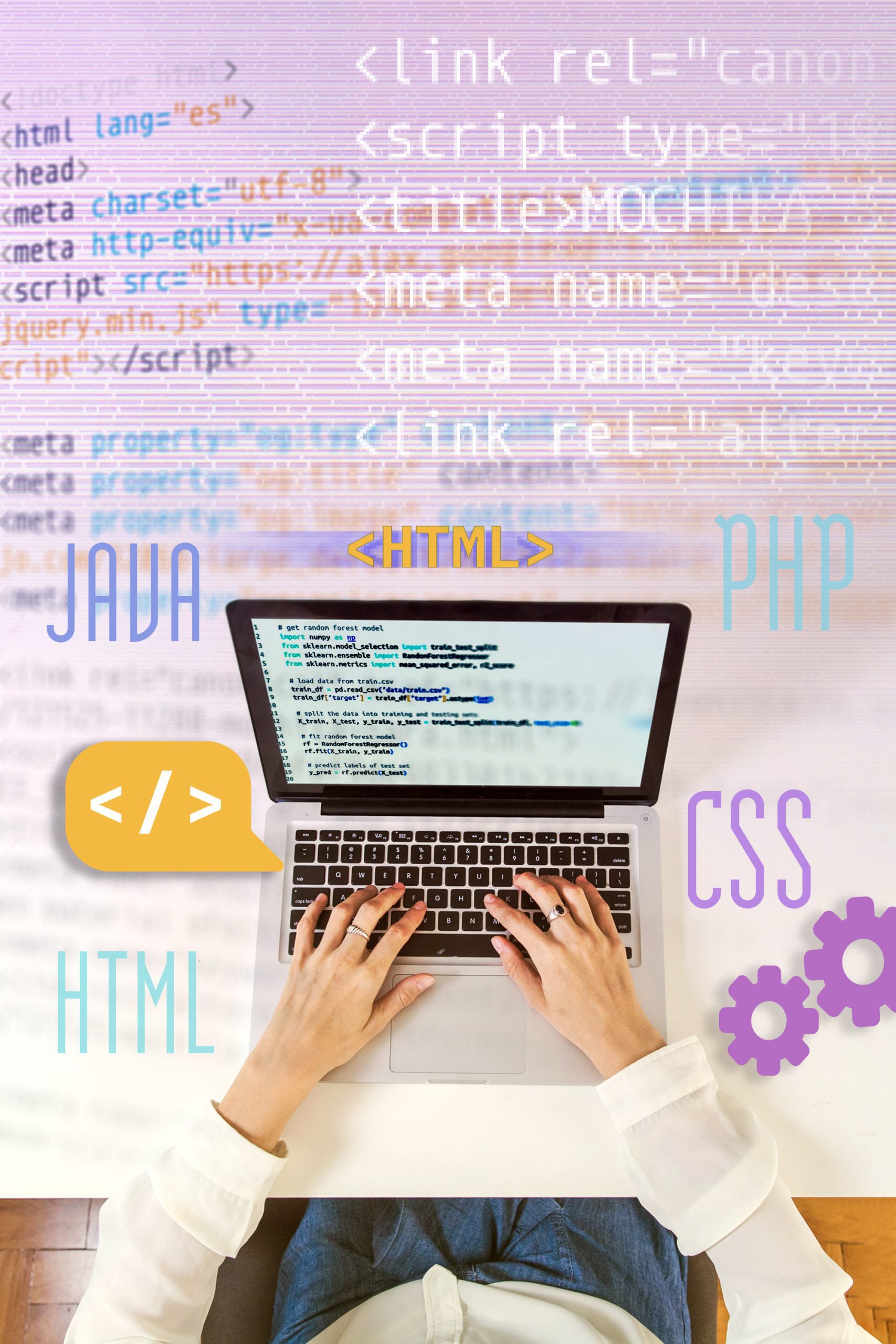Unlocking the Love Languages of Modern-Day Programming
On this Valentine’s Day, as we find ourselves in the ever-evolving landscape of software development, the concept of love languages takes an unexpected yet illuminating turn. Similar to the intricacies of relationships, our roles as fellow coders and developers require us to skillfully navigate the complex web of code, ensuring it seamlessly aligns with the goals and aspirations of our organizations.So, on this day dedicated to love and connection, let’s embark on a journey through the 5 love languages of modern-day programming — principles that, when applied, can transform our codebase into a resilient, efficient, and collaborative masterpiece.Love Language 1: Readability — The Gateway to Collaborative SuccessReadability stands as the bedrock of effective collaboration within development teams. Picture this — a clean and easily understandable codebase, where each line reads like a well-structured sentence in a technical manual. Consistent indentation becomes the punctuation, allowing developers to navigate the code with ease. The impact is profound; team members can seamlessly collaborate across projects, share insights, and collectively contribute to the evolution of the codebase.Pro Tip: Maintain a consistent indentation style, creating a uniform and readable coding environment. It might seem like a small detail, but it’s the glue that holds collaborative coding together.Love Language 2: Efficiency — The Engine of PerformanceEfficiency in coding is akin to optimizing business processes for peak performance. Streamlining code is not just about making it look tidy; it’s about ensuring optimal resource utilization. Imagine a well-oiled machine — that’s what an efficient codebase can do for your applications. It not only improves development processes but also guarantees that your software runs smoothly, responding to user inputs with minimal lag.Pro Tip: Identify and eliminate redundant code segments. This creates a leaner, more efficient codebase, contributing to a faster and more responsive application.Love Language 3: Consistency — The Pillar of ReliabilityConsistency in coding practices is the foundation upon which reliable software is built. Consider it the trusty guidebook — every team member knows what to expect, making collaboration smoother. Consistency extends beyond mere aesthetics; it establishes a reliable framework for maintaining and updating software, reducing the likelihood of errors and unexpected outcomes.Pro Tip: Enforce a consistent naming convention for variables and functions. This seemingly simple practice enhances code predictability, contributing to the overall reliability of your codebase.Love Language 4: Adaptability — Navigating Dynamic Tech LandscapesIn the dynamic tech landscape, adaptability is not just a feature; it’s a necessity. Code that can gracefully accommodate changes ensures your systems remain relevant and responsive to market demands. Think of it as having a toolkit that adjusts to the evolving needs of your organization — a strategic asset in a world where technological advancements are constant.Pro Tip: Embrace modular design principles. This promotes flexibility, allowing for the efficient integration of new features and enhancements without compromising the integrity of existing code.Love Language 5: Creativity — Practical InnovationCreativity in coding is not about fanciful solutions but rather innovative thinking within structured boundaries. Encouraging practical creativity fosters solutions that are both imaginative and effective. It’s the delicate balance between pushing boundaries and ensuring that your code remains maintainable and comprehensible to your entire development team.Pro Tip: Document creative solutions for future reference. This practice not only ensures transparency but also facilitates ease of maintenance, especially when revisiting code after an extended period.Integrating these principles into your development processes can contribute significantly to the long-term success of our technological initiatives.
Learn More >